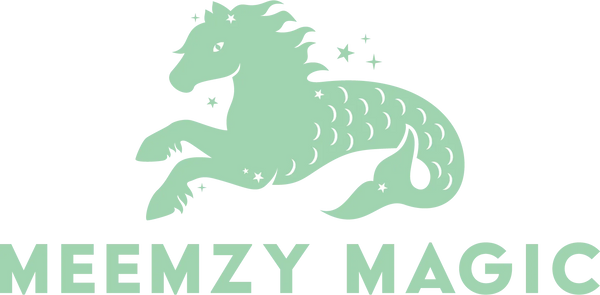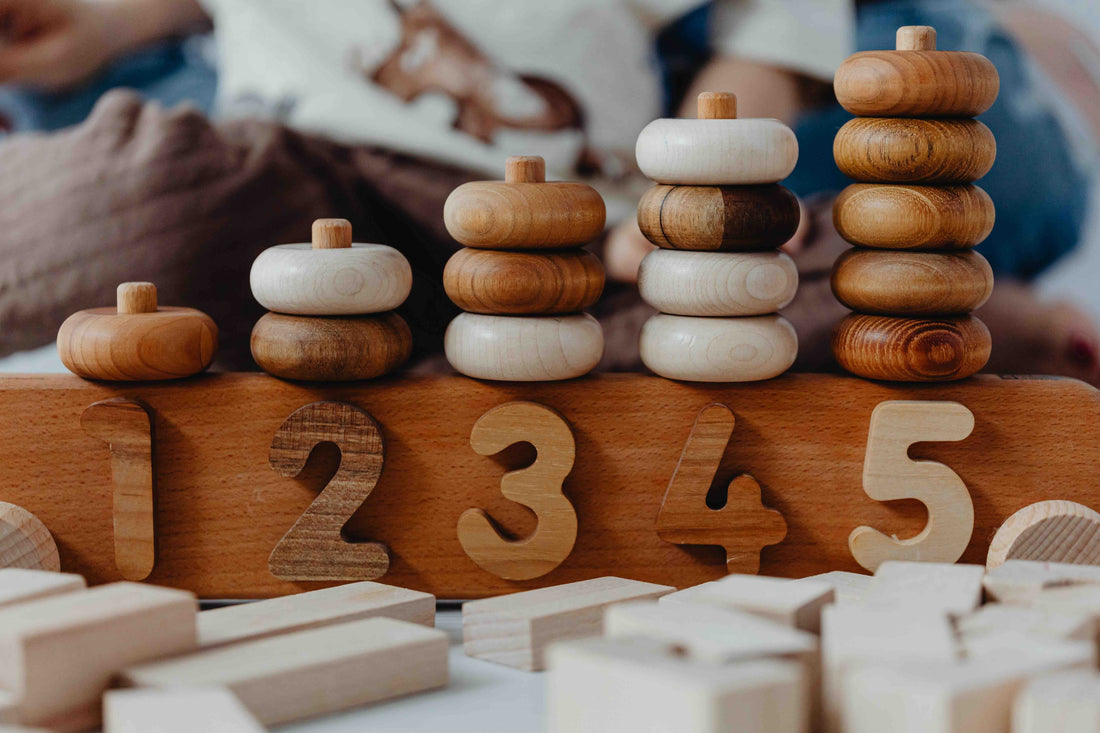Sensory play isn’t just for little ones. While many associate sensory bins and fidget toys with toddlers, sensory play continues to benefit children well into their preteen years. From building fine motor skills in toddlers to helping tweens manage stress and anxiety, engaging the senses is a powerful tool for development, creativity, and self-regulation.
In this guide, we’ll break down sensory play activities by age group, showing how you can adapt experiences to meet your child’s changing needs.
Sensory Play for Toddlers (Ages 1-3): Exploring the World Through Touch
At this stage, toddlers are constantly absorbing information about their environment through touch, taste, smell, sight, and sound. Sensory play helps them:
- Develop fine and gross motor skills
- Strengthen neural connections in the brain
- Explore new textures, colors, and sensations
Best Sensory Activities for Toddlers
- Messy Play: Taste-safe sensory bins with items like dry pasta, cooked spaghetti, or oats
- Water and Ice Play: Let them splash in a water bin, play with frozen fruit, or experiment with colored ice cubes
- Tactile Exploration: Touch-and-feel boards, fabric swatches, or textured stacking blocks
- Scented Play: Introduce gentle scents through scented dough, citrus peels, or naturally scented fabrics
Key Considerations
For this age group especially, always supervise play to ensure safety. Use non-toxic and taste-safe materials, as children these ages typically explore things using their mouths, and keep activities simple and focused on exploration.
Sensory Play for Preschoolers (Ages 3-5): Engaging the Senses for Learning
Preschoolers are refining their motor skills, expanding their language abilities, and developing problem-solving skills. Sensory play at this stage helps with:
- Hand-eye coordination and dexterity
- Early literacy and language skills
- Emotional regulation and focus
Best Sensory Activities for Preschoolers
- Sensory Storytelling: Use props with different textures to bring stories to life
- Themed Sensory Bins: Try a “Dinosaur Dig” with kinetic sand and small toy dinosaurs or an “Outer Space” bin with black beans and glow-in-the-dark stars
- Color & Shape Sorting: Use different textured materials like pom-poms, felt squares, or beads
- DIY Slime & Playdough: Stretch, squish, and mix homemade playdough with scents like lavender or peppermint
Key Considerations
Try to offer opportunities for both structured and open ended play. Also, remember that sensory play can be used as a calming tool for emotional regulation. If your child had a long day at preschool, it’s an excellent tool to help then wind down and provide a more calm evening.
Sensory Play for Early Elementary Kids (Ages 5-8): Combining Sensory and STEM Learning
At this stage, children are becoming more independent and inquisitive. Sensory play can:
- Boost problem-solving and critical thinking
- Help kids focus and relax, particularly those with sensory sensitivities
- Encourage creativity and hands-on learning
Best Sensory Activities for Early Elementary Kids
- Science Experiments: Try baking soda and vinegar reactions, oobleck (a non-Newtonian fluid), or sensory-based physics experiments
- Textured Art Projects: Use sandpaper, foil, tissue paper, and textured fabrics for layered art
- Sensory Writing: Let them write letters in shaving cream, salt trays, or kinetic sand
- Fidget & Calm Kits: Make DIY stress balls, sensory bottles, or weighted lap pads
Key Considerations
Encourage curiosity in this age through experimentation, and really utilize sensory activities to help with emotional self-regulation and stress management, as this age group is typically dealing with a lot of changes as they start school and learn more.
Sensory Play for Tweens (Ages 9-12): Sensory Play Meets Mindfulness & Creativity
Sensory play shifts from hands-on messiness to mindful, creative experiences. For tweens, sensory activities can:
- Reduce stress and anxiety, particularly during school transitions
- Provide an outlet for creativity and self-expression
- Support focus and attention in schoolwork and hobbies
Best Sensory Activities for Tweens
- Aromatherapy and DIY Bath Products: Making scented bath salts, sugar scrubs, or essential oil playdough
- Advanced Slime & Putty Creations: Experimenting with glow-in-the-dark effects, mix-ins, or scented versions
- Handcrafting & Sensory Art: Clay modeling, embroidery, or candle-making provide both sensory stimulation and a creative outlet
- Mindful Sensory Play: Introduce calming activities like Zen gardens, kinetic sand patterns, or sound therapy with chimes and rain sticks
Key Considerations
Sensory play for tweens can often double as self-care and help them develop healthy coping skills as they navigate life. Encourage independent creation and exploration to help them learn and grow.
Start Sensory Play for Any Age Today!
Sensory play isn’t just for toddlers—it evolves with children as they grow, offering new ways to explore, create, and self-regulate. By adapting sensory activities to fit your child’s developmental stage, you can foster creativity, problem-solving, and emotional resilience at every age.
At Meemzy Magic, we believe in making sensory play accessible to all ages. Explore our sensory kits to find the perfect activities tailored to your child’s interests and needs.

